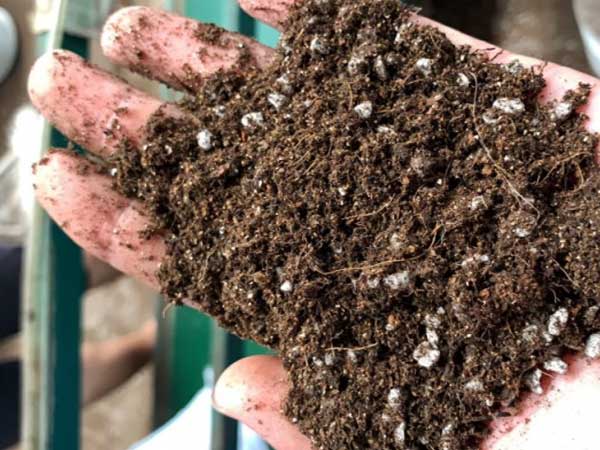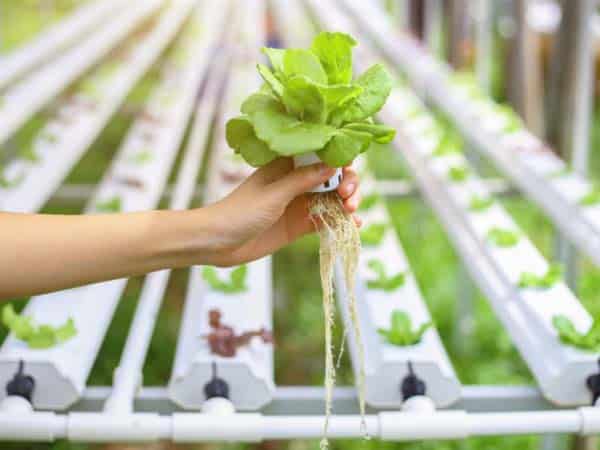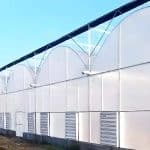Whether you’re a gardening enthusiast or a greenhouse owner, you may encounter some challenges during seedling cultivation in a greenhouse, such as insufficient light, overwatering, or temperature fluctuations. To assist you in overcoming these obstacles, we’ve compiled a list of the 11 most common problems faced in greenhouse seedling cultivation, along with detailed analyses and practical solutions.
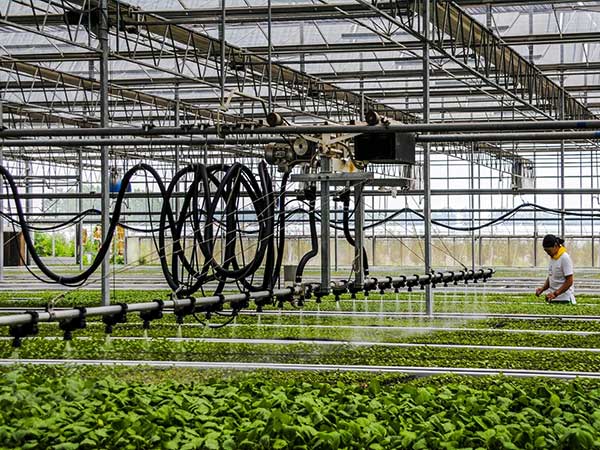
Why Use a Special Medium for Seedling?
While it may seem convenient to use soil from your garden or outdoor areas for seedling cultivation, this is far from ideal. Garden soil can harbor pathogens, insect eggs, weed seeds, poor soil structure, and imbalanced nutrients. Therefore, we strongly recommend using a specialized medium designed specifically for seedlings.
Solution
- Use Specialized Seedling Soil:Professional commercial seedling soil is formulated with a precise balance of ingredients to provide excellent air permeability and drainage, creating the optimal environment for healthy seedling growth. Using this soil will save you significant effort and ensure better results.

Professional Seedling Substrate - Make Your Own Seedling Soil:If you’re experienced or looking to reduce costs, you can create your own seedling soil mix. A commonly used formula is a 1:1:1 ratio by volume of peat, perlite, and horticultural vermiculite, or a mix of 7 parts peat to 3 parts vermiculite. While this is a standard mix, adjustments may be needed for drought-tolerant or water-loving plants and depending on the season. Regardless of the mix, aim for a soil pH between 5.5 and 6.5. Use a pH tester to monitor and adjust as necessary. Also, ensure your homemade soil is properly disinfected.
Why Are My Seedlings Thin and Tall, Like Bean Sprouts?
Thin, tall seedlings, often referred to as “leggy seedlings,” are a result of etiolation, which occurs due to insufficient light. When light levels are inadequate, seedlings stretch towards the light source, resulting in weak, elongated stems. These seedlings typically have underdeveloped root systems and fragile structures, which can compromise their future growth and yield.
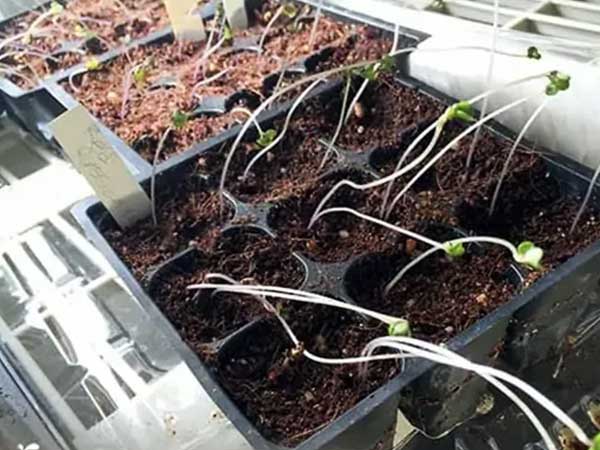
Solution
To remedy this, consider using artificial lighting, especially in early spring or late autumn when natural light may be insufficient. LED full-spectrum grow lights are recommended as they provide the necessary light for seedlings. Position the lights about 2-3 inches above the seedlings and ensure they cover all the plants. Provide 12-16 hours of light daily, using a timer to control the lighting period. Regularly monitor seedling growth and adjust the height of the lights as needed to prevent etiolation. This will ensure your seedlings develop strong and healthy.
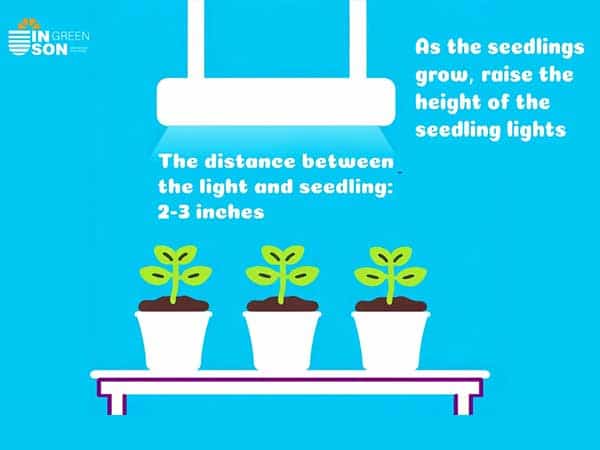
Problem 3: What Happens If You Overwater Seedlings Indoors? How to Avoid It?
You might think that more water is better for your seedlings, but overwatering can be detrimental. Like humans, plants need oxygen to thrive. When soil is saturated with water, it displaces the air in the soil, preventing roots from breathing properly. This leads to root function decline, root rot, and an increased susceptibility to disease, resulting in slow growth or even plant death. High humidity also encourages fungal growth and other pathogens, further risking the health of your seedlings.
Solution
- Control Watering Amount: Check soil moisture by inserting your finger or a small stick about 2-3 cm into the soil. If it feels moist, hold off on watering; if dry, it’s time to water. Adjust the frequency and amount of watering based on the type of seedlings and soil conditions. Keep the soil surface slightly moist.
- Watering Techniques: Bottom watering – where water is poured into a tray and absorbed through the drainage holes – is the most effective method. This reduces evaporation and ensures even moisture distribution. Regularly drain any excess water from the tray.
- Improve Soil Drainage: Enhance soil aeration by adding perlite, vermiculite, or sand to the mix. Ensure that containers have sufficient drainage holes to prevent waterlogging.
- Increase Ventilation: Use a small fan to improve air circulation in your greenhouse’s seedling area. This helps the soil dry faster and reduces the risk of disease. However, avoid directing the fan straight at the seedlings to prevent damage.
- Monitor Environmental Conditions: Use a humidity detector, dehumidifier, or air conditioner to manage the air humidity around your seedlings. Excessive humidity increases the risk of disease.
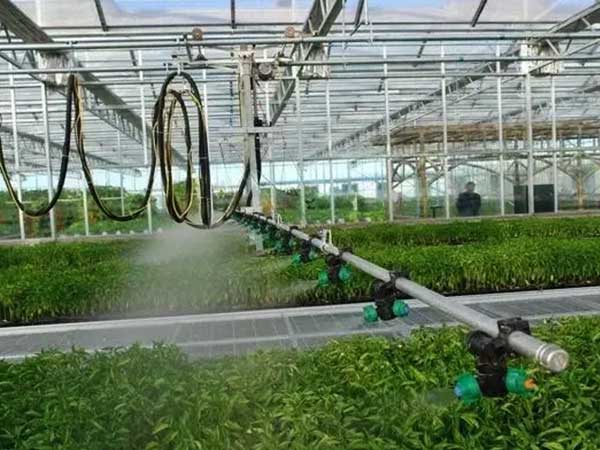
How Does Temperature Affect Seedlings? How to Control the Right Temperature?
Temperature is a critical factor in seed germination and seedling growth. High temperatures can cause “etiolation,” leading to weak seedlings that are more susceptible to pests and diseases. Conversely, low temperatures can stunt seedling growth, disrupt their development, and even result in death.
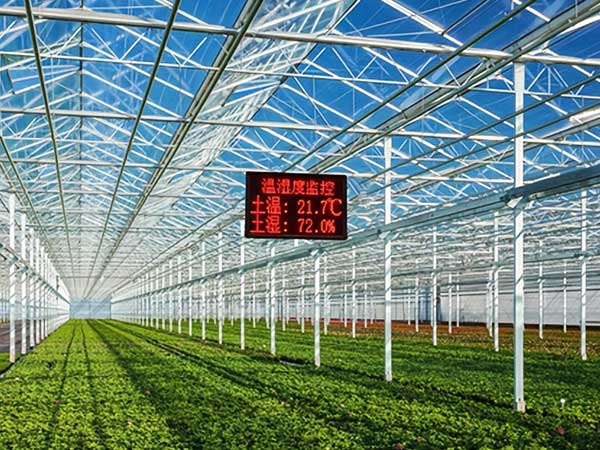
Solution
To ensure seeds germinate under optimal conditions, consider the following steps:
- During early spring or late autumn when temperatures are low, use a seedling heating mat to maintain soil temperatures between 20-30°C, which is ideal for most vegetable seeds.
- Use a thermometer or a temperature monitoring system in your greenhouse to keep track of temperature levels. Grow lights can also contribute heat, which you can regulate by adjusting the height and duration of the lights.
- Even after your seedlings have grown healthily, gradually lower the temperature before transplanting them outdoors—a process known as “hardening off.” This helps the seedlings acclimate to outdoor conditions, preventing growth stagnation due to sudden temperature changes.
Optimal Germination Temperature for Common Vegetables
| Vegetable | Optimal Germination Temperature (°C) | Description |
| Tomatoes | 20-25 | Tomato seeds thrive in warm conditions for optimal germination. |
| Peppers | 25-30 | Peppers require higher temperatures for successful germination. |
| Lettuce | 4-10 | Lettuce seeds germinate best in cooler temperatures, ideal for early spring planting. |
| Broccoli | 10-25 | Broccoli is adaptable and grows well in moderate temperatures. |
| Kale | 10-25 | Kale seeds can start germinating at relatively lower temperatures. |
| Beans | 15-25 | Beans need warm soil to ensure good germination rates. |
| Cucumbers | 15-30 | Cucumber seeds prefer warm conditions; moderate temperatures prevent excessive elongation. |
| Sweet Corn | 18-30 | Sweet corn seeds require higher temperatures for optimal germination. |
| Carrots | 10-25 | Carrot seeds germinate successfully in cool to warm soil. |
| Strawberries | 15-25 | Strawberry seeds need warm and stable temperatures for germination. |
What to Do If Seeds Don’t Germinate After Indoor Sowing?
If you’ve set up the right environmental conditions but your seeds still won’t germinate or are growing weakly, consider factors like seed quality, sowing depth, and seed dormancy. Some seeds have dormancy mechanisms that require specific conditions to germinate. Identifying the cause can help you improve germination rates.
Solution
- Seed Selection: Refer to our article “How To Start Seedlings in a Greenhouse” for advice on selecting seeds and performing a proper germination test.
- Check Sowing Depth: Ensure that seeds are sown at a depth appropriate for their type. Generally, seeds should be sown at a depth of 3-4 times their diameter.
- Break Seed Dormancy:Some seeds need special treatments to wake them up. You can use cold treatment to copy winter, scratch the seed coat to help it drink and breathe, or soak seeds in watered-down hydrogen peroxide. This kills germs and gets seeds growing. Each seed type needs its own trick, so check what works best for your seeds.
What Problems Arise from Overcrowding Seeds?
Sowing too many seeds in one container might seem cost-effective, but it’s a mistake. Imagine a single seed and 30 seeds in the same tray—can they all get the same amount of water, nutrients, and light? Overcrowded seedlings compete for resources, leading to weak growth. Crowding also reduces air circulation, increasing the risk of disease, which can wipe out all your seedlings.
Solution
Control seeding density by carefully planning the sowing amount and adjusting plant spacing. After transplanting, regularly monitor the growth of seedlings. If overcrowding occurs, thin out the seedlings by removing weaker or diseased plants, leaving the healthier ones.
Sowing Density (Guidelines)
| Vegetable Type | Example | Recommendation |
| Nightshades, Cucurbits, Grasses | Tomatoes, Cucumbers, Lettuce, Corn | One pot should contain one or at most two seedlings. |
| Alliums | Leeks, Scallions | Plant 5-8 seedlings in one container. |
| Leafy Vegetables | Lettuce | Maintain a row spacing of 5-10 cm during strip planting. |
Why Is It Not Recommended to Place Seedlings on a Windowsill?
If you’re new to gardening, you might be tempted to place your seedlings on a windowsill. However, this isn’t advisable. In winter or cloudy weather, even on a windowsill, the light intensity is often insufficient for seedling growth. Unless your window can provide full-day sunlight, the duration of light exposure won’t be adequate. Moreover, the temperature fluctuations near windows are not conducive to healthy seedling development. Even if light duration and intensity are sufficient, direct sunlight can scorch the tender leaves of your seedlings.
Solution
As discussed earlier, using heating mats, grow lights, and controlling light duration are recommended practices. If you have no other options, try to minimize direct sunlight exposure to prevent damage to your plants from intense light.
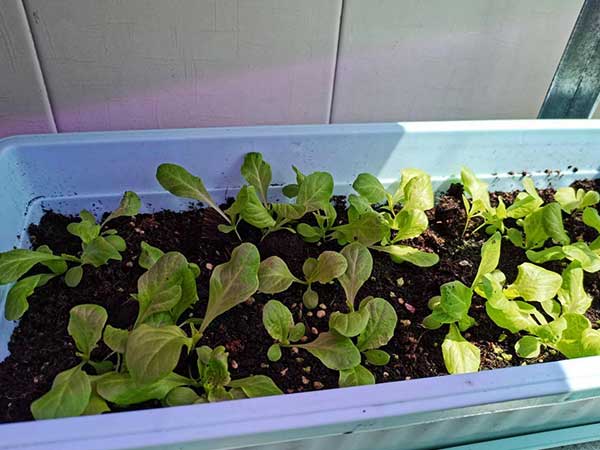
Why Is It Not Good to Fertilize Too Early?
You might be eager to help your seedlings grow faster by fertilizing them early. However, during the initial stages of seedling development, root systems are still immature. Fertilizing too early or using a high concentration of fertilizer can lead to fertilizer burn, which damages the roots and inhibits nutrient absorption, potentially stunting growth or even killing the plants.
Solution
Use low-concentration organic fertilizers, such as well-rotted compost, bone meal, or seaweed powder, which release nutrients slowly and are less likely to cause fertilizer burn. Fertilization should typically begin after the first true leaves appear. Adjust the timing based on plant growth and soil fertility.
If your seedlings are growing well, it indicates that the soil is sufficiently fertile, and you can delay fertilization. When using liquid fertilizers, always dilute them to avoid over-concentration. Apply fertilizers away from the root zone to prevent direct contact with the roots. The key is to fertilize in small, frequent doses, gradually increasing concentration while monitoring the seedlings’ response.
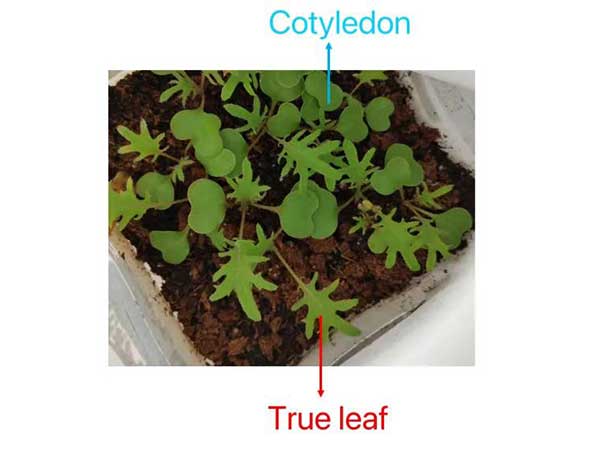
Which Vegetables Are Not Suitable for Transplanting After Seedling?
Not all vegetables are suitable for transplanting after being started as seedlings. Root vegetables like radishes, carrots, and beets are particularly sensitive because the part we consume is the root itself. Transplanting can damage these roots, affecting their development and quality, or even leading to plant death. Vegetables with fragile roots, like peas, beans, zucchini, and corn, are also vulnerable to transplant shock, which can impair water and nutrient absorption, reducing their survival rates.
Solution
Consider direct sowing—planting seeds directly outdoors or in their final growing location. Choose the right time and place based on your local climate and seed guides. For root vegetables, ensure deep tilling to loosen the soil, promoting straight root growth and reducing the risk of bending or branching. For vegetables with fragile roots like zucchini and corn, using biodegradable seedling pots can minimize transplant shock. You might also consider using floating beds or hydroponic systems.
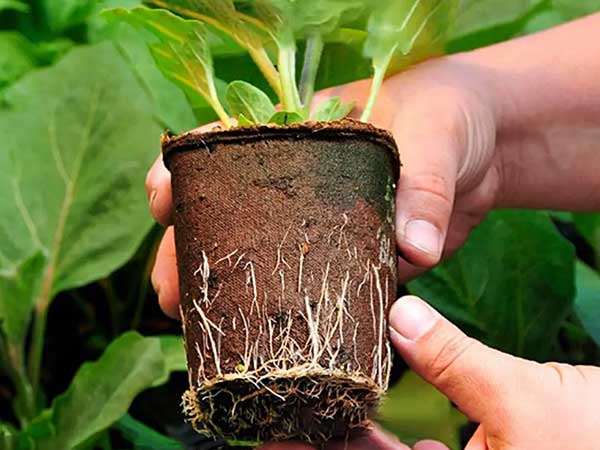
What If Greenhouse Seedlings Have Grown Large But It’s Too Cold Outside to Transplant?
This issue mainly affects non-smart greenhouse owners or gardening enthusiasts. For example, if you start seedlings too early and they grow large, but the outdoor climate is still too cold for transplanting, you may face a challenge.
Solution
The key is to plan your sowing and seedling schedule carefully. Refer to our article “How To Start Seedlings in a Greenhouse” for specific methods. Additionally, you can take steps to slow down seedling growth, such as reducing watering frequency and adjusting fertilizer use – avoid high-nitrogen fertilizers at this stage. Use low-nitrogen or balanced fertilizers to provide nutrients without accelerating growth. Stay updated with local weather forecasts and be ready to cover seedlings quickly if temperatures drop.
Why Do Seedlings Grown Indoors Die When Transplanted Outdoors?
Plants, like humans, need time to adapt when transitioning from one environment to another. Seedlings grown in a controlled indoor environment may struggle when suddenly exposed to the outdoor elements. Factors like intense sunlight, temperature fluctuations, strong winds, and UV radiation can all create significant stress. If the seedlings can’t handle this stress, it can lead to growth inhibition, physiological disorders, or even death.
Solution
The best way to prevent transplant shock is to “harden off” your seedlings—a gradual acclimation process to the outdoor environment. Proper hardening off can significantly increase the survival rate of your seedlings. In early spring, when temperatures are still unstable, don’t rush to expose your seedlings to the sun. Ensure they are adequately hardened off before transitioning them fully to the outdoor environment for transplanting.
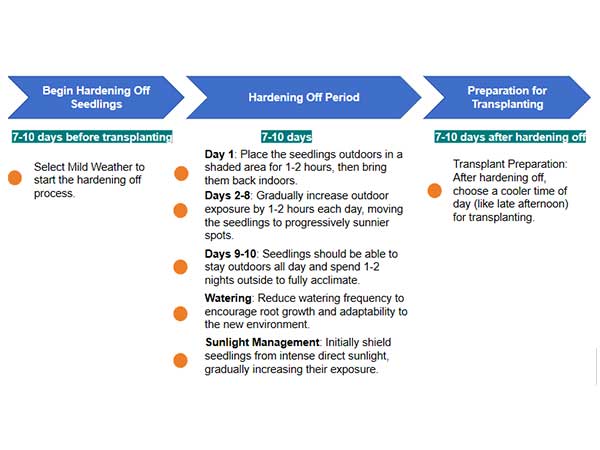
Conclusion
Successfully addressing common greenhouse seedling challenges requires a blend of knowledge, preparation, and attentive monitoring. From selecting the right growing medium and managing light conditions to controlling water and temperature, each step is crucial for the healthy growth of your seedlings. By applying the solutions outlined for each of the 11 common problems discussed, you can significantly enhance the vitality of your plants, ensuring they thrive from seedling to maturity.
Remember, patience and attention to detail are key. By carefully implementing these practices, you can overcome most challenges and create an optimal environment for your seedlings to flourish.

